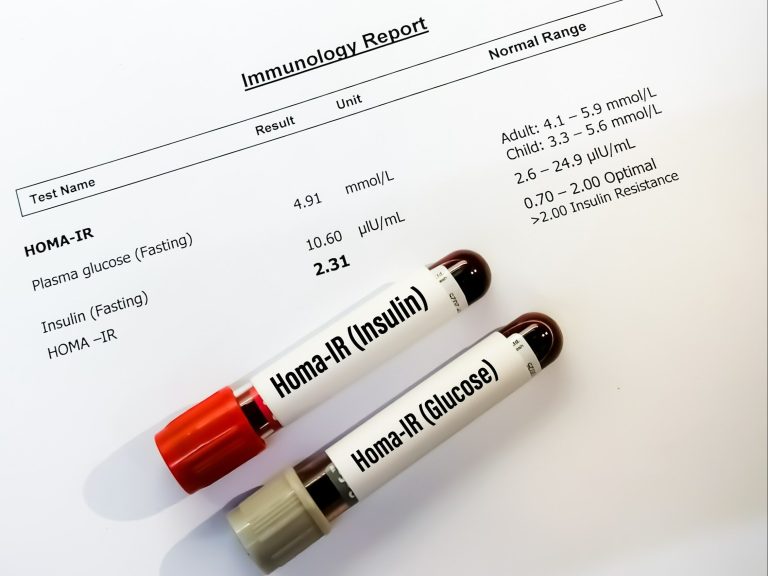Air pollution and the risk of cancer. Latest research

Air pollution is one of the greatest threats to our health. Scientists have proven that it also increases the risk of some cancers.
Air pollution is harmful to our health. However, we hear about this atmospheric phenomenon more and more often. Recently, it was smog that was recognized as the official cause of the 11-year-old’s illness – it was the first such diagnosis in our country. Recent studies have also shown that air pollution may be linked to obesity in children. Now researchers have proven that such air has an impact on the occurrence of certain cancers. Although it is not surprising that it is associated with the risk of lung cancer, researchers have also noticed a relationship between smog and the occurrence of other types of cancer.
Air pollution and the risk of cancer
Researchers from Harvard University in Boston (Massachusetts, USA) analyzed the data of people who used Medicare health insurance. It is used by seniors aged 65 and older. The data was collected in the years 2000-2016. Researchers assessed the relationship between exposure to two types of air pollutants: one was PM2.5 particulate matter and the other was nitrogen dioxide (NO2) in the periods that preceded the onset of cancer in specific patients. They also examined their risk of developing several cancers, including:
-
prostate cancer,
-
breast cancer,
-
colon cancer,
-
cancer of the lining of the womb (endometrium).
During the conducted analyses, the researchers also took into account:
-
age,
-
gender (in the case of colorectal cancer),
-
race,
-
ethnicity,
-
body mass index (BMI),
-
socio-economic status.
Researchers over the past 10 years have compiled separate statistics for breast, colorectal, endometrial and prostate cancer. Each covered between 2.2 million and 6.5 million adults. Experts checked the postal codes of the places of people who participated in the study. In this way, their exposure to air pollution was assessed. The study was published in the journal “Environmental Epidemiology”.
What were the results of the study?
So far, scientists have known that the smog we inhale leads to various dangerous diseases, one of which may be lung cancer. However, the results of the latest studies have also shown that people who were exposed to PM2.5 particulate matter and nitrogen dioxide had a higher risk of developing colorectal cancer and prostate cancer. It is also known that smog is not related to endometrial cancer.
Polluted air may also affect the risk of developing breast cancer, but this relationship is not clear. Scientists believe that this may be due to the fact that PM2.5 particles have different chemical compositions. An interesting observation is that the relationship between the increase in PM2.5 and the risk of breast cancer was noticeable where these pollutants were generally below normal. The researchers also noted a relationship between the concentration of these pollutants and the risk of all four cancers.
One of the researchers’ main conclusions is that US air pollution standards are inadequate to protect public health. “The EPA recently proposed stricter standards for PM2.5, but their proposal does not go far enough in regulating this pollutant. Current standards for NO2 are also grossly inadequate. Unless all of these standards become much stricter, air pollution will continue to result in thousands of unnecessary cases of many types of cancer every year,” said one of the study’s authors, Joel Schwartz, PhD, professor of environmental epidemiology.
Cancer risk and body weight
The study also found that the risk of cancer associated with air pollution was even greater among people with a higher body mass index. “Our results reveal the biological likelihood that air pollution may be a key risk factor for the development of specific cancers, bringing us one step closer to understanding the impact of air pollution on human health,” noted Dr. Yaguang Wei, co-author of the paper. “To ensure equal access to clean air for all populations, we need to fully identify the effects of air pollution and then work to reduce it,” he added.






